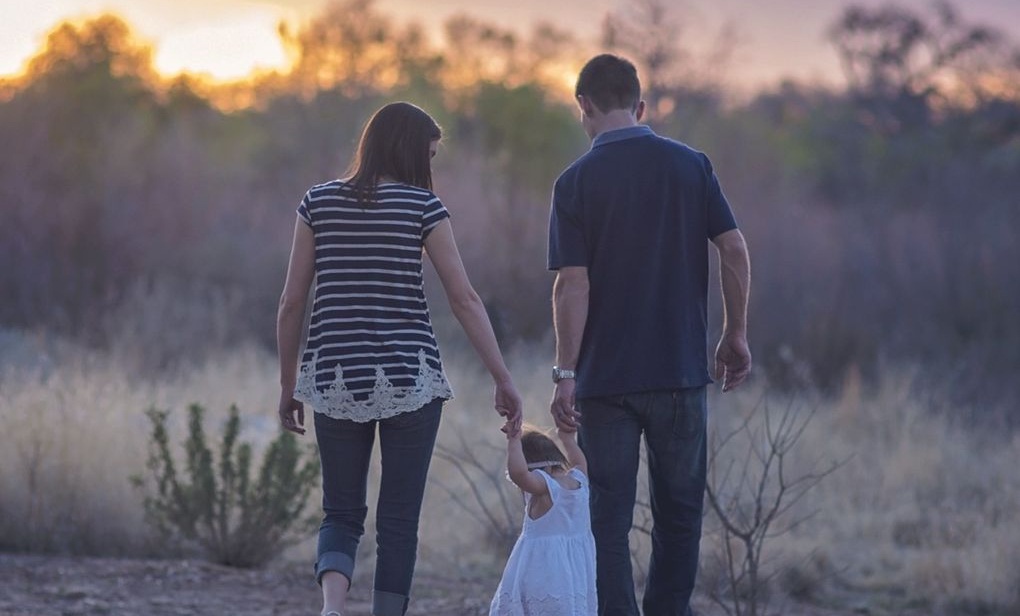How is the father’s relationship with children different from the mother’s?
How is the father’s relationship with children different from the mother’s? The relationship between a father and his children often differs from that of the mother in various ways, influenced by traditional roles, biological differences, and individual family dynamics. While these distinctions can vary widely depending on cultural, social, and personal factors, some general patterns are often observed:
Emotional Bonding and Nurturing
Mother: Traditionally, mothers are viewed as the primary caregivers, often being more emotionally nurturing and involved in day-to-day caregiving, especially in early childhood. The bond is often seen as more emotional and intimate due to breastfeeding, pregnancy, and the amount of time spent together in the child’s early years.
Father: Fathers are often seen as providing emotional support in a different way, sometimes through guidance, protection, or instilling discipline. Fathers may encourage more independence and risk-taking in their children, shaping the bond through activities, play, and shared experiences.
Role in Socialization and Development
Mother: Mothers tend to engage more in verbal communication and emotional support. They often play a key role in helping children develop empathy, emotional intelligence, and interpersonal skills.
Father: Fathers often contribute to children’s sense of identity and self-confidence. They are more likely to engage in rough-and-tumble play and physical activities, which can promote problem-solving, confidence, and resilience. Fathers also frequently model social behaviors, including how to interact with others outside the family unit.
Disciplinary Approaches
Mother: Discipline from mothers is often seen as more nurturing, with a focus on explaining rules and consequences. Mothers may lean towards emotional reasoning and connection during discipline.
Father: Fathers may take a more authoritarian or direct approach to discipline, often emphasizing rules, boundaries, and structure. However, modern fathers are increasingly engaging in more emotionally informed disciplinary methods.
Work-Life Balance
Mother: Historically, mothers were often the primary caregivers and less involved in the workforce. This has changed significantly, but many mothers still take on the majority of caregiving responsibilities, which can influence how they bond with their children.
Father: Traditionally, fathers were viewed as the primary financial providers, spending less time with children compared to mothers. However, the modern shift toward more involved fatherhood has led many fathers to take on more active caregiving roles, creating opportunities for deeper emotional bonds.
Cultural and Social Expectations
Cultural norms often shape how fathers and mothers interact with their children. Mothers are frequently expected to be more nurturing and sensitive, while fathers may be seen as protectors, disciplinarians, or role models. However, these roles are increasingly fluid as parenting styles evolve.
Both roles are crucial for a child’s balanced development, offering different but complementary forms of love, guidance, and support.


